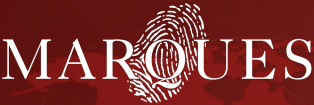 |
|
|
|
|
| |
|
|
|
|
|
|
|
|
|
|
||||||||||||||||||||||||||||||||||
| Terms of Use: The material included on this site is provided for information purposes only, and we make no representations or warranties as to its accuracy. It does not represent legal advice. Before relying on this material, you should take care to verify its accuracy, taking professional advice as appropriate. [Please click here for the full Terms and Conditions of Use] |
Copyright ©2008-2026 MARQUES Ltd and Individual Contributors |



